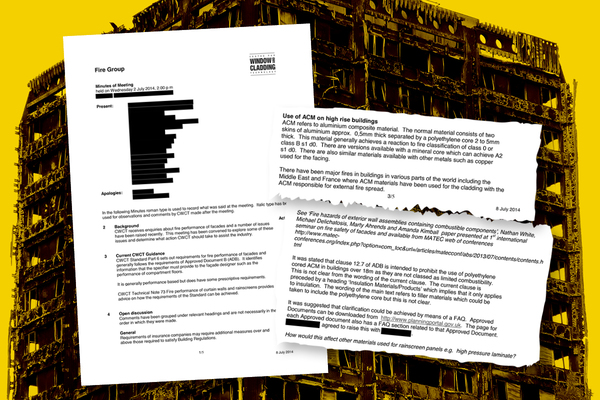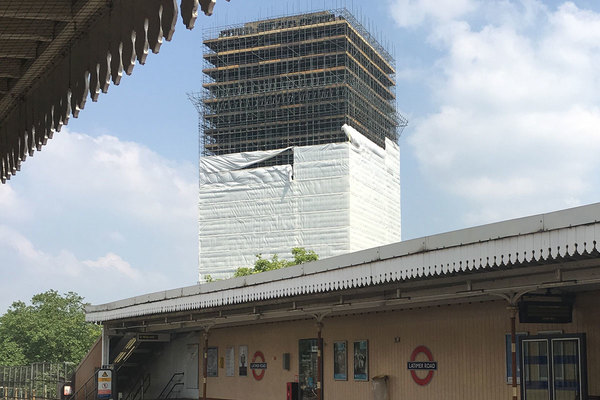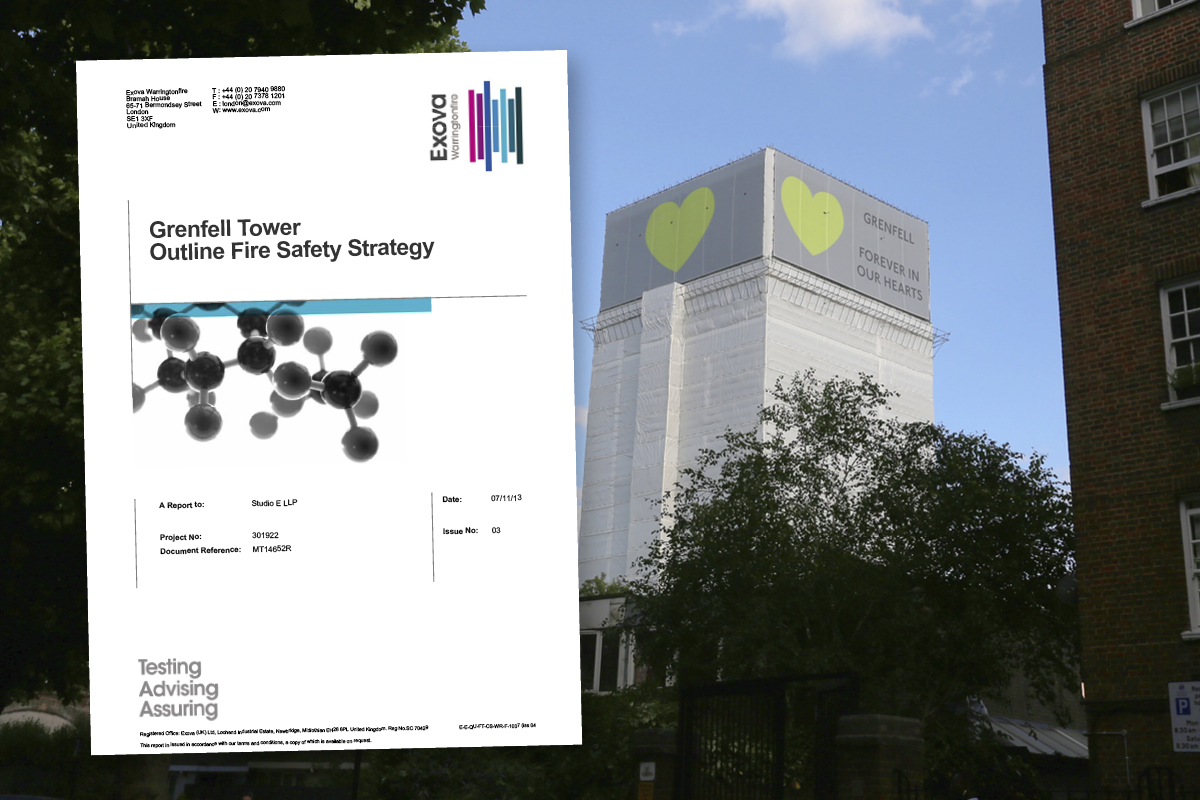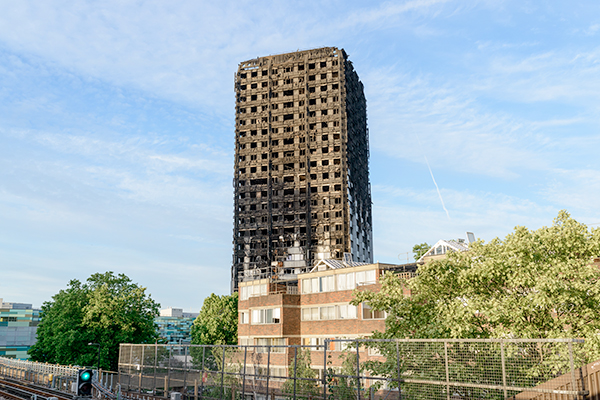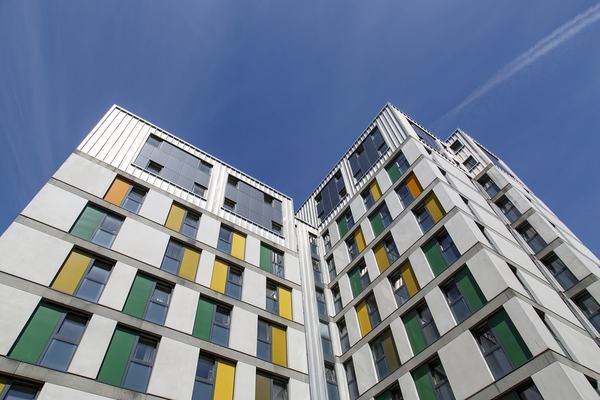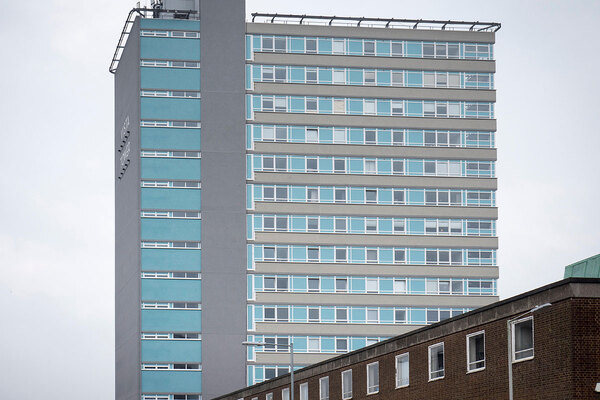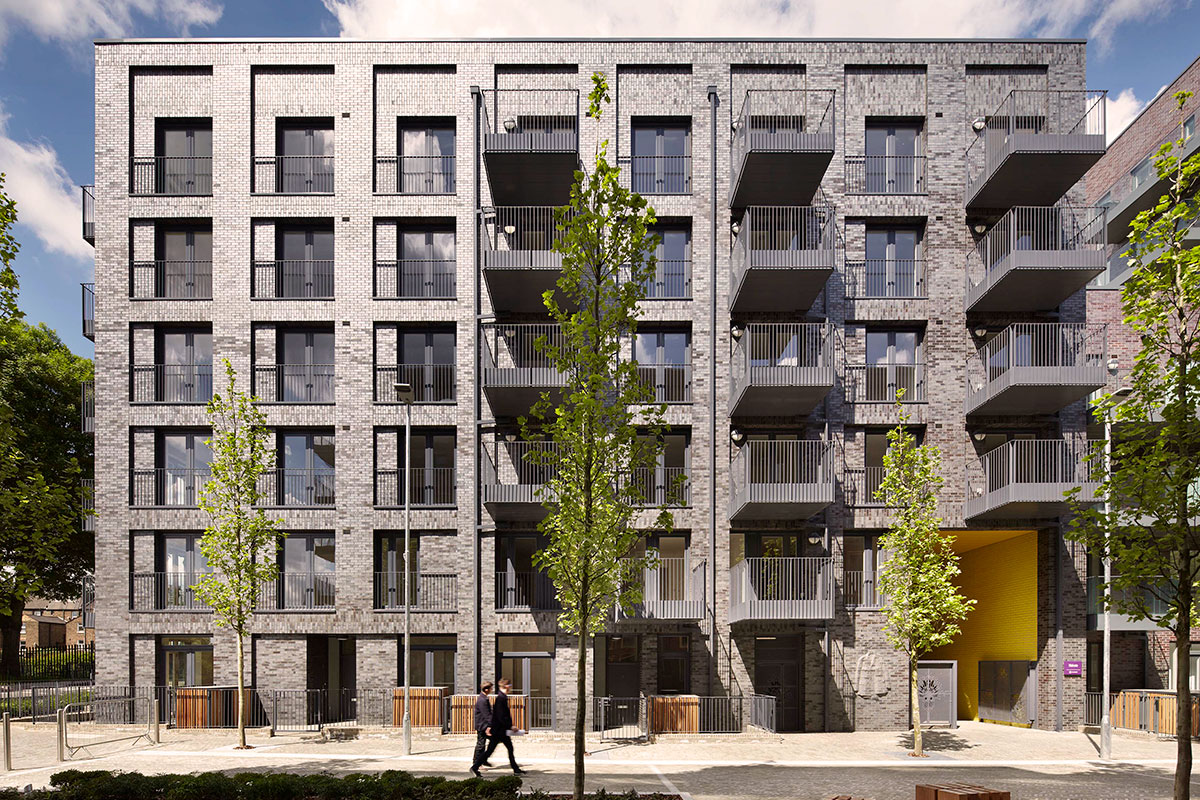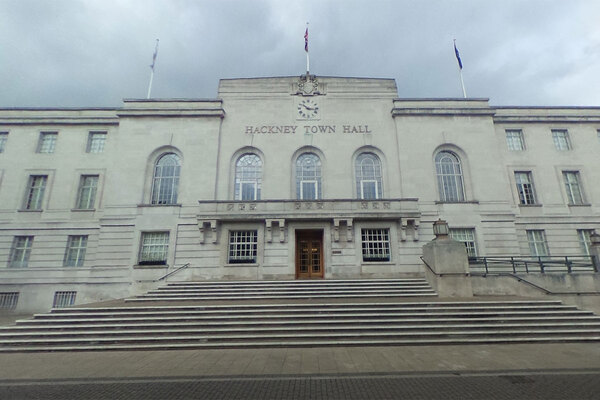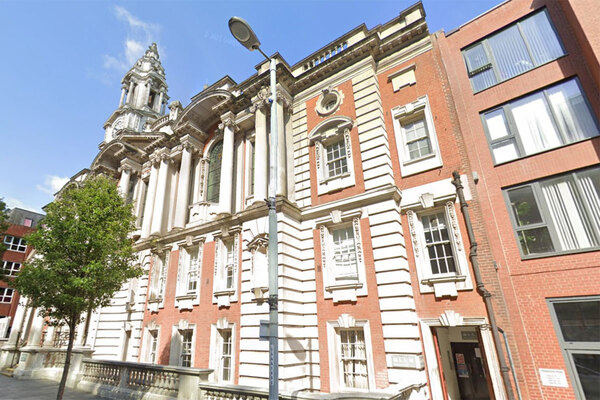Government did not act after warning about Grenfell-style cladding in 2014, minutes reveal
The government was told it needed to clarify official guidance to ban Grenfell-style cladding in 2014 but failed to act, minutes released to Inside Housing reveal.
Minutes of a July 2014 meeting held by the Centre for Window and Cladding Technology, show officials were warned guidance was “not clear” regarding the use of deadly aluminium and polyethylene cladding.
The minutes show the Building Research Establishment (BRE) agreed to draft a clarification to clearly outlaw the material – compared to solid petrol by experts – but this was not done.
The aluminium composite material (ACM) polyethylene cladding was fitted onto the outside of Grenfell Tower in a refurbishment which was completed in 2016.
In June last year, flames ripped through this cladding system engulfing the building in flames and killing 72 people.
The minutes, released to Inside Housing under the Freedom of Information Act, say: “There have been major fires in buildings in various parts of the world where ACM materials have been used for the cladding, with the ACM responsible for the external fire spread.
“It was stated that [official guidance] is intended to prohibit the use of polyethylene-cored ACM in buildings over 18m… This is not clear from the wording of the current clause.”
They add that the BRE agreed to draft a ‘Frequently Asked Question’ for the official website to clarify this point, but this was never done.
The ACM cladding warning: full text
Taken from the minutes of the CWCT Fire Group meeting minutes, held on 2 July 2014, which government officials attended
Use of ACM on high rise buildings
"ACM refers to aluminium composite material. The normal material consists of two skins of aluminium approx. 0,5mm thick separated by a polyethylene core 2 to 5mm thick. This material generally achieves a reaction to fire classification of class 0 or class B s1 d0. There are versions available with a mineral core which can achieve A2 s1 d0. There are also similar materials available with other metals such as copper used for the facing.
"There have been major fires in buildings in various parts of the world including the Middle East and France where ACM materials have been used for the cladding with the ACM responsible for external fire spread.
"It was stated that clause 12.7 of ADB is intended to prohibit the use of polyethylene cored ACM in buildings over 18m as they are not classed as limited combustibility.
"This is not clear from the wording of the current clause. The current clause is preceded by a heading ‘Insulation Materials/Products’ which implies that it only applies to insulation. The wording of the main text refers to filler materials which could be taken to include the polyethylene core but this is not clear.
"It was suggested that clarification could be achieved by means of a FAQ. Approved Documents can be downloaded from www.planningportal.gov.uk. The page for each Approved Document also has a FAQ section related to that Approved Document. [a representative from the BRE] agreed to raise this with [an official at the Department for Communities and Local Government]"
Square brackets indicate redacted names, which have been confirmed through sources. The full minutes can be downloaded below.
Reacting, Edward Daffarn, a survivor from the tower and part of campaign group Grenfell United, said: “The more we learn about what happened before Grenfell, from council to government to industry, the more we believe 72 people would be alive today if those in power had done their basic duty.
"To see the government was specifically warned about the dangers of using of this type of cladding years before the fire, before the refurbishment of Grenfell, is devastating. It adds to the growing list of warnings that were ignored.”
He added that “there must be no more excuses” over the banning and removal of combustible materials from other towers.
Steve Reed, a Labour MP who has campaigned on cladding, added: “This is damning proof that the government knew their fire safety guidance was flawed and dangerous and yet they did nothing.”
They minutes show government officials believed Approved Document B – the official guidance on fire safety – banned the use of flammable ACM through a clause stipulating that ‘insulation materials/products’ should be of limited combustibility.
However, this argument was rejected by the industry figures present as ACM cladding has no insulation function (see box: the Class 0 debate).
The ‘Class 0’ debate explained
- Since the Grenfell Tower fire, the government has insisted that its official guidance, Approved Document B, required cladding panels to be of ‘limited combustibility’. But many industry figures disagree, saying that the standard the guidance set was ‘Class 0’ or ‘Euroclass B’.
- Approved Document B sets limited combustibility as the standard for ‘insulation materials/products’ in paragraph 12.7. It sets Class 0 or Euroclass B as the standard for ‘external surfaces’ in paragraph 12.6.
- Paragraph 12.7 says that “insulation product, filler material etc” must be of limited combustibility. In a letter to social landlords on 22 June, the government said that the word ‘filler’ in this context covered the plastic in between the aluminium sheets in the cladding.
- But experts have disputed this view, pointing out that the cladding itself does not have an insulation function.
- The cladding used on Grenfell was certified to Class 0 and so would apparently have met the official standard for external walls.
- This debate remains crucial in assessing the liability for the removal of cladding, much of which is also rated Class 0, from hundreds of tower blocks nationwide.
The minutes say: “The current clause is preceded by a heading ‘Insulation Materials/Products’ which implies that it only applies to insulation. The working of the main text refers to filler materials which could be taken to include the polyethylene core but this is not clear.”
After the Grenfell Tower blaze, government ministers – including chancellor Philip Hammond – relied on the passages about ‘insulation’ to claim that the cladding on Grenfell was banned.
In a letter to social landlords, sent on 22 June last year, Melanie Dawes, permanent secretary at the Ministry for Housing, Communities and Local Government (MHCLG), wrote: “For the avoidance of doubt, the core (filler) within an aluminium composite material (ACM) is an ‘insulation material/product’, ‘insulation product’, and/or ‘filler material’ as referred to in Paragraph 12.7... of Approved Document B.”
David Metcalfe, director of the CWCT, who attended the meeting, said: “It may well have been the intention that that the clause prohibited those materials, but the simple fact is that’s not was written in the guidance – and that is the big problem here.”
Timeline: a short history of cladding and building regulations
- January 2000 - Following the tower block fire at Garnock Court - which killed a pensioner with disabilities - a report by the Environment, Transport and Regional Affairs Committee concluded that building regulations required "external surfaces (and hence cladding)... should be of a material classified as 'Class O' for spread of fire". It adds: "We do not believe that it should take a serious fire in which many people are killed before all reasonable steps are taken towards minimising the risks [from cladding fires]."
- January 2008 - The British Board of Agrément provides a certificate confirming a Class 0 rating for Reynobond PE, the material later installed on Grenfell Tower
- March 2013 - The coroner investigating the Lakanal House blaze in south London, which killed six, writes to Eric Pickles, communities secretary, advising him to review official guidance contained in Approved Document B "with particular regard to the spread of fire over the external envelope of a building". Mr Pickles replies, indicating that changes will not made until "2016/17"
- July 2014 - At a meeting of the Centre for Window and Cladding Technology, the government is warned that its guidance is not clear enough to prohibit the use of aluminium composite cladding with a polyethylene core (ACM(PE)) on tall buildings, which has been linked to a number of fires worldwide. The Building Research Establishment agrees to draft an 'FAQ' making it clear that this material is prohibited, but never does.
- 14 June 2017 - A kitchen fire at Grenfell Tower, west London, spreads to the recently installed ACM(PE) cladding. The resulting fire totally engulfs the building, trapping residents and killing 72 people.
- 22 June 2017 - The government writes to social landlords claiming ACM(PE) is banned by guidance, despite its failure to clarify this point before the fire. Philip Hammond, chancellor, repeats this claim on the BBC's Andrew Marr Show.
- 17 May 2018 - The government announces plans to ban combustible materials on high rises buildings, and later publishes draft 'clarified' guidance, removing the passage which had been interpretted as permitting 'Class 0' cladding.
Emma Dent Coad, the Labour MP for North Kensington, where Grenfell Tower is located, said: “'It is shocking but not altogether surprising that this very clear and prescient advice was totally ignored.”
A spokesperson for the BRE said: “We were part of an ongoing discussion around FAQs for the planning portal with CWCT and other experts. This discussion concluded when the online government consultation re Approved Document B (ADB) was launched in February 2016. This was based on the collective view that these issues would best be covered off in the subsequent revision to ADB.”
An MHCLG spokesperson said: “As we have said repeatedly, our view is that the limited combustibility requirements in the guidance cover the core filler of a cladding panel.
“We are consulting on a ban on the use of combustible materials in the external walls of high rise residential buildings.”
The Paper Trail: The Failure of Building Regulations
Read our in-depth investigation into how building regulations have changed over time and how this may have contributed to the Grenfell Tower fire:
Never Again campaign
In the days following the Grenfell Tower fire on 14 June 2017, Inside Housing launched the Never Again campaign to call for immediate action to implement the learning from the Lakanal House fire, and a commitment to act – without delay – on learning from the Grenfell Tower tragedy as it becomes available.
One year on, we have extended the campaign asks in the light of information that has emerged since.
Here are our updated asks:
GOVERNMENT
- Act on the recommendations from Dame Judith Hackitt’s review of building regulations to tower blocks of 18m and higher. Commit to producing a timetable for implementation by autumn 2018, setting out how recommendations that don’t require legislative change can be taken forward without delay
- Follow through on commitments to fully ban combustible materials on high-rise buildings
- Unequivocally ban desktop studies
- Review recommendations and advice given to ministers after the Lakanal House fire and implement necessary changes
- Publish details of all tower blocks with dangerous cladding, insulation and/or external panels and commit to a timeline for remedial works. Provide necessary guidance to landlords to ensure that removal work can begin on all affected private and social residential blocks by the end of 2018. Complete quarterly follow-up checks to ensure that remedial work is completed to the required standard. Checks should not cease until all work is completed.
- Stand by the prime minister’s commitment to fully fund the removal of dangerous cladding
- Fund the retrofitting of sprinkler systems in all tower blocks across the UK (except where there are specific structural reasons not to do so)
- Explore options for requiring remedial works on affected private sector residential tower blocks
LOCAL GOVERNMENT
- Take immediate action to identify privately owned residential tower blocks so that cladding and external panels can be checked
LANDLORDS
- Publish details of the combinations of insulations and cladding materials for all high rise blocks
- Commit to ensuring that removal work begins on all blocks with dangerous materials by the end of 2018 upon receipt of guidance from government
- Publish current fire risk assessments for all high rise blocks (the Information Commissioner has required councils to publish and recommended that housing associations should do the same). Work with peers to share learning from assessments and improve and clarify the risk assessment model.
- Commit to renewing assessments annually and after major repair or cladding work is carried out. Ensure assessments consider the external features of blocks. Always use an appropriate, qualified expert to conduct assessments.
- Review and update evacuation policies and ‘stay put’ advice in the light of risk assessments, and communicate clearly to residents
- Adopt Dame Judith Hackitt’s recommended approach for listening to and addressing tenants’ concerns, with immediate effect
CURRENT SIGNATORIES:
- Chartered Institute of Housing
- G15
- National Federation of ALMOs
- National Housing Federation
- Placeshapers
